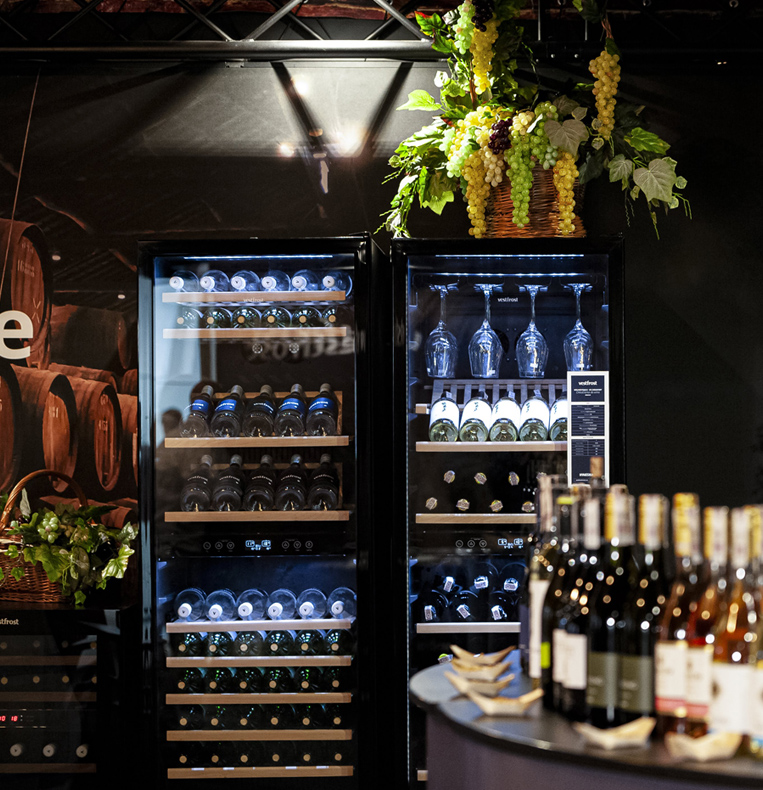
Formal occasions and important events are traditionally celebrated with a toast of sparkling wine. This custom may seem harmless, but it puts both champagne and its less expensive, yet not necessarily inferior counterparts at a disadvantage. As a result of this tradition, champagne has acquired a label of a ‘drink for special occasions’. Why not explore and enjoy its beauty and qualities on a daily basis?
Experts have been saying this for a long time: no wine is more universal than sparkling wine! It marries well with various dishes; at the same time, it is a perfect aperitif and can be enjoyed on its own, without food. Sparkling wines always delight with their lightness, but often surprise with their depth, weight and complexity. So, when is the best time to reach for champagne? Well, the most accurate answer has been provided by Lily Bollinger, one of the famous widows who contributed to building the global champagne brand: ‘Quite untypically, and only with the exception of Dom Perignon, women have been the most important figures in the history of this prestigious region’. To paraphrase Lily’s statement: let’s reach for the bubbly all year round, in moments of joy and sadness, in the evenings and before noon, alone and in the company of others, on a Tuesday night and on holidays, and on New Year’s Eve without fail!

Not all that sparkles is champagne
Champagne is like a king – there can only be one. It is French sparkling wine with the AOC Champagne appellation and, in accordance with its requirements, produced in a traditional method. Not surprisingly, such luxury comes with a heavy price tag. Fortunately for consumers, wines are produced using the same method in many places around the world, including France. One ‘only’ needs to master the complicated technique of secondary fermentation inside the bottle and have a supply of the right base wine. Although nothing compares to real champagne, some of its counterparts are of surprisingly high quality. Nota bene, Polish language is characterized by a tendency to use eponyms, i.e. nouns formed after a name, which accounts for the widespread use of the word ‘champagne’ in relation to any sparkling wine. This may include Spanish, Italian or German wines, but also those produced in other countries. Although it is impossible to mention all of them here, certainly worth mentioning is the Spanish (although associated mainly with Catalonia) tradition of cava, if only because of the excellent price-quality ratio. There are also more expensive, yet very elegant ‘champagne’ varieties from the south of England (sic!) or the Franciacorta appellation from Lombardy – both popular mostly locally. Affordable, though rather expensive brands can be found in Germany, Austria, Hungary or Moravia, and even in Poland. Going back to French wines, let’s memorize the name ‘cremant’, referring to wines produced outside of the Champagne region, yet using the traditional method, mainly in the Loire Valley, Alsace and Burgundy.
Storage
Given the plethora of classic ‘bubblies’ throughout the world and the fact that they deserve being reached for as often as possible, the only topic we need to address now is their storage and serving. First and foremost, this kind of wine needs to be cooled at a low temperature and over a long time. Ideal conditions are provided by specialist wine coolers, in which bottles can be placed in the appropriate zone (in most cases, it will be the bottom shelf), where the temperature is set within the lowest range, i.e. at about 5°C. This temperature is also optimal for the serving of most bubblies, with the exception of the finest vintages, which should be served at 6 to 8°C. If you observe this rule, you will be able to smoothly and noiselessly open a bottle of champagne with your bare hands. The minimum cooling time for champagne is 24 hours; if the bottle has been transported over a long period, the cooling time should be extended to several days. A wine cooler guarantees a constant and appropriate temperature, but also peace and security – both of the essence for this kind of wine. In addition, the carbon filter keeps the air clean, while a special compressor minimizes shocks and vibrations. You can invest in a larger supply of wines and ensure proper storage conditions. No more wasted champagne bottles that explode unexpectedly after being put in the freezer! Remember that last-minute cooling of the bubbly is always only a half measure.
Marcin Zatorski
